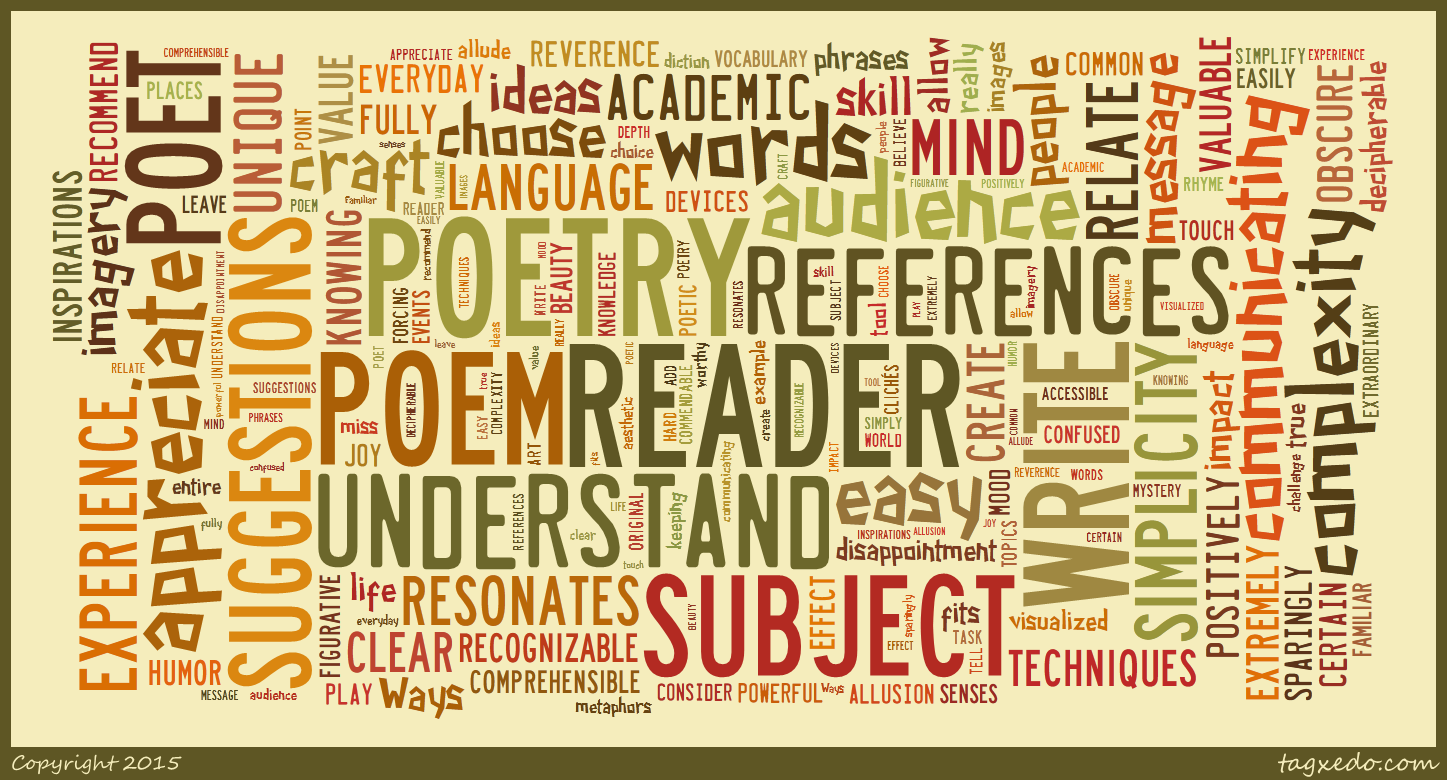How you create sound in your poetry will make it bloom or wilt. The whole purpose of a poem is to artistically express a message in a succinct, powerful way. Sound devices, such as consonance, add musical qualities—key elements that accomplish this.
Since we’ve recently explored alliteration, it would be best to distinguish its sibling, which also makes use of repeating consonant sounds.
How you create sound in your poetry will make it bloom or wilt. #poets #poetry Click To TweetCloser than a Brother
Consonance is a sound device in which many of the words in close proximity (in the same line) repeat the same consonant sound. Remember that alliteration is unique because it only emphasizes the first sounds of words. Consonance allows for the sound to be repeated anywhere within the words or phrases.
As with alliteration, consonance adds a musical element to the poem and creates a smooth-flowing rhythm.
Let’s look at a few more lines from Edgar Allen Poe’s famous poem “The Raven” again to understand how it works.
“And the silken, sad uncertain rustling of each purple curtain”
In the above lines, the poet repeats the “s” sound even in the words that don’t begin with that letter. The resulting sounds harmonize, creating a musical effect. Not only are the sounds repeated throughout the line, but the word “uncertain” also rhymes with “curtain.” Both devices create a beautiful streak of sounds that easily roll off your tongue.
A few stanzas later, he uses consonance again.
“Desolate yet all undaunted, on this desert land enchanted”
Poe could have chosen any number of words to communicate the same meaning. However, each word has a purpose. Notice how and where the “d” sound is repeated—the beginning, middle and ends of several words in this line. Again, the sound repetition enhances the rhythm of the poem.
It simply sounds nice. Doesn’t it?
Working Together
Because alliteration and consonance are so closely related, the poet uses both at the same time. But don’t fret over which technique you are using to create pleasant sounds in your poems. If you are aware of the devices, then you can consciously incorporate them into your work.
Remember that all poetic techniques usually work together rather than in isolation to create the most effective poems. You probably recognized other sound devices in those lines, such the internal rhyme. We’ll explore other musical elements like this in future posts.
Now that you have a grasp on alliteration and consonance, see if you can work it into your own poems. If you have any questions, ask me below.
Create a beautiful streak of sounds in your poetry! #poets #poetry Click To Tweet



 We love helping your growing in your writing career.
We love helping your growing in your writing career.

No Comments